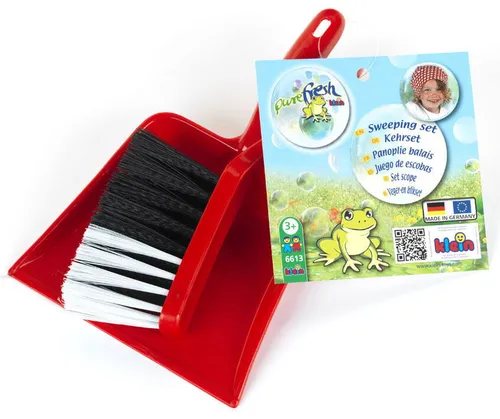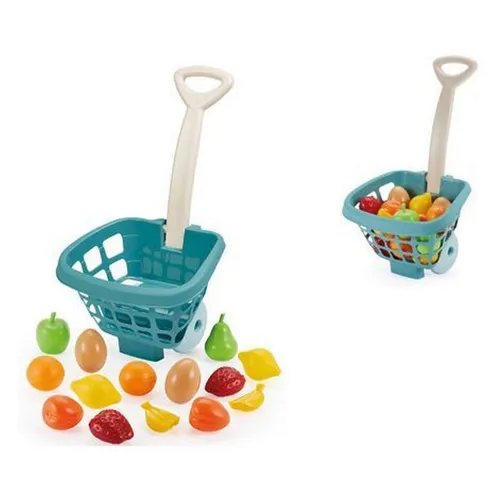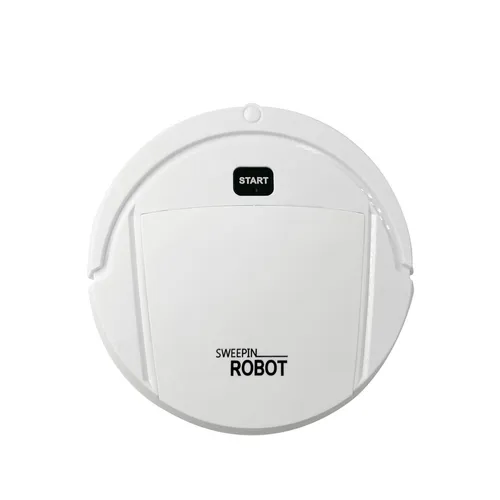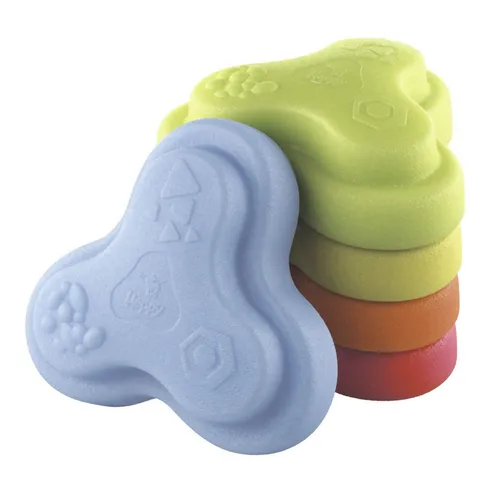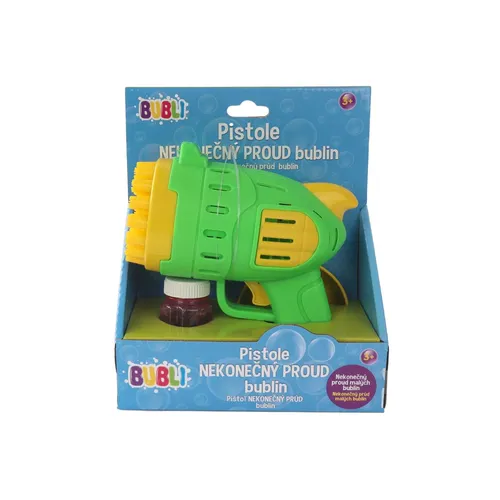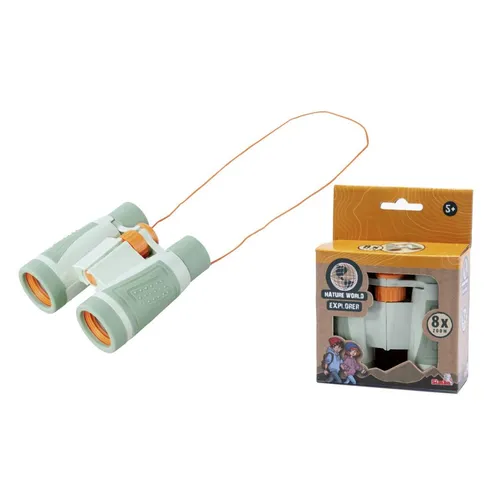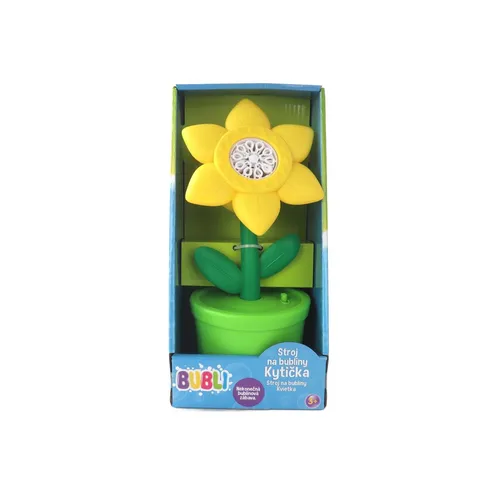Pretend Play
Pretend play is a vital category within the realm of toys and games, designed to stimulate children's imagination and creativity. These products encourage kids to engage in role-playing scenarios, allowing them to explore various professions, social situations, and everyday activities. Intended primarily for children aged 2 to 10, pretend play items can range from kitchen sets and tool kits to dress-up costumes and playhouses. By immersing themselves in these imaginative experiences, children develop essential social skills, problem-solving abilities, and emotional intelligence.
When selecting pretend play products, several key factors should be considered to ensure a rewarding experience. First, the age appropriateness of the toy is crucial. Products should match the developmental stage of the child, as younger children may require simpler, more durable items, while older kids might enjoy more complex sets that encourage deeper role-play. Additionally, the materials used in these toys are important; opting for non-toxic, durable materials ensures safety and longevity. Look for items made from high-quality plastics, wood, or fabric that can withstand the rigors of playtime.
Another significant aspect to consider is the features of the pretend play set. Some products come with interactive elements, such as sound effects or lights, which can enhance the play experience. Others may include accessories that allow for more detailed role-playing scenarios. When evaluating these features, think about how they align with your child's interests and how they can foster creativity. For instance, a kitchen set with realistic utensils and food items can inspire culinary adventures, while a doctor’s kit can encourage empathy and understanding of health-related roles.
While there are numerous advantages to pretend play products, there are also some disadvantages to be aware of. For example, some sets may require a significant amount of space, which can be a limitation in smaller homes. Additionally, certain items may have small parts that pose a choking hazard for younger children, so always check age recommendations and supervise playtime accordingly. On the other hand, the benefits of these toys often outweigh the drawbacks, as they provide children with opportunities for social interaction, language development, and imaginative exploration.
To maximize the enjoyment and longevity of pretend play products, proper maintenance and care are essential. Regularly inspect toys for wear and tear, and clean them according to the manufacturer's instructions. For fabric items, such as costumes, ensure they are washed gently to maintain their appearance and integrity. Storing these toys in a designated play area can also help keep them organized and in good condition, making it easier for children to access and engage with them.
To enhance the pretend play experience, consider combining different sets or accessories. For instance, a kitchen set can be paired with a dining table and play food, while a doctor’s kit can be complemented by a patient doll. This not only expands the scope of play but also encourages collaborative play among siblings or friends. Additionally, engaging in pretend play alongside your child can provide valuable bonding time and help guide their imaginative scenarios, enriching their overall experience.
In conclusion, the pretend play category offers a wealth of opportunities for children to explore their creativity and develop essential life skills. By carefully considering factors such as age appropriateness, materials, and features, parents can select the best products for their children. With proper care and thoughtful combinations, these toys can provide endless hours of imaginative fun, making them a cherished part of childhood.
show more text


